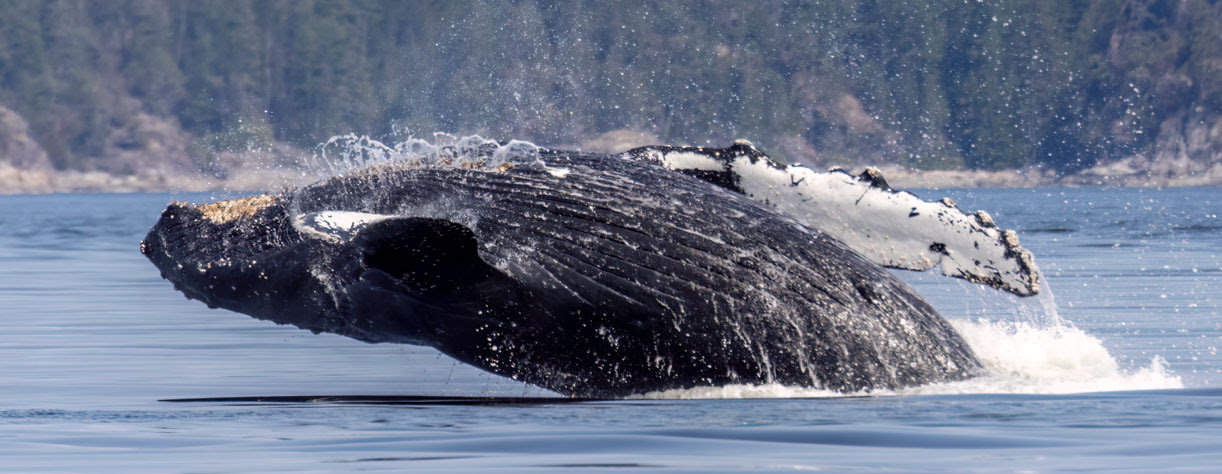As well as heading into wild environments for long periods, capturing high-quality photos takes lots of skill. Wildlife Photographer Richard Lovelockshared with Fred. Olsen his best tips to capture the best wildlife photographs. Becoming a good wildlife photographer isn’t easy, however.
PHONES CAN WORK BUT IF YOU CAN, INVEST
Better equipment will generally enable better results, but nobody ever learnt to drive a supercar. Borrow, share or start with affordable equipment and see how you get on.
If you’re a wildlife photographer that’s happy to invest in your hobby, Richard recommends a setup with good magnification, such as a telephoto lens. This can take images from a distance so you don’t disturb the habitats or wildlife you’re trying to capture.
Choosing the right accessories is equally important for taking good-quality images, says Richard. “Tripods are an essential piece of kit for a wildlife photographer. Not just for stability, but to hold the weight of some of the larger lenses over lengthy periods.”
FIND YOUR WILDLIFE
To find creatures to photograph, you need to start exploring and immersing yourself in their environments.
Spending lots of time in these locations will make it more likely for you to get a sighting. Though it’s important you leave habitats as you find them and don’t disturb the animals you’re taking pictures of.
However, this doesn’t mean you always have to travel far to capture unique creatures, says Richard. “You’ll be amazed at the variety of wildlife you’ll see if you just stop, listen and look. Whether that’s in your own neighbourhood or on port stops on a cruise.”
BE READY FOR ANYTHING
As Richard explains, “The best wildlife shots are often something the animal does unexpectedly. You’ve got to be set up and ready for everything!”
To start with, Richard recommends using generic settings for shutter speed, lighting and focus on your camera. Then, as you get more experience, you’ll learn what adjustments you need to make to get the best photograph. For example, having a high shutter speed to capture more photos per second.
If you’re using a camera rather than a phone, having plenty of batteries and memory cards to hand will ensure you don’t miss any special moments.
HAVE PATIENCE
“Unfortunately you can’t get wildlife to pose for you,” says Richard. “So you need to be flexible, adapt and be prepared to put the hours in.”
STUDY PHOTOGRAPHY
This includes understanding terms such as:
- Focal length: how much scene is captured and how magnified it’ll be
- Depth of field: the distance between the closest and furthest object in the frame and how in-focus they are
- Exposure: the amount of light that’s let into the camera lens
PRACTICE MAKES PROGRESS
Regularly taking photos is the best way to get better technique and quality images. As Richard explains, “Look for any opportunity to photograph wildlife – the birds on the feeder, the ducks at the pond. The beauty of digital photography is that you can take thousands of photos and delete them all, but you will have learnt from the exercise.”

